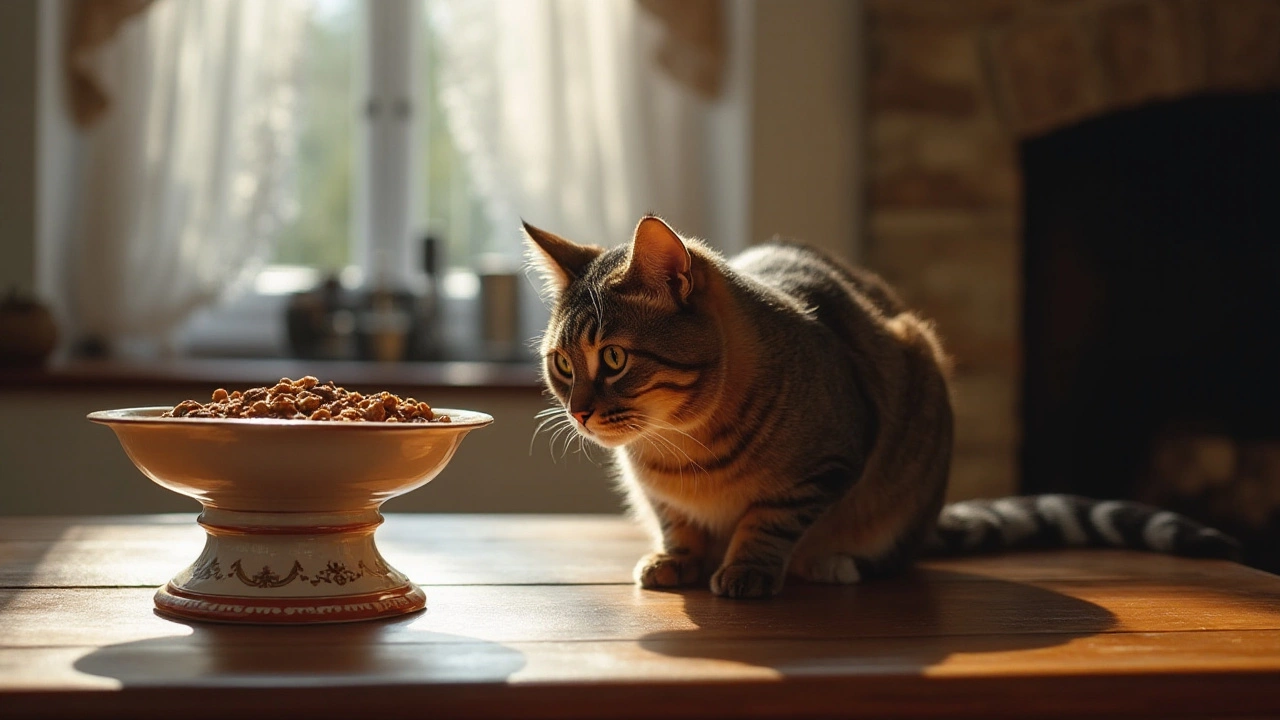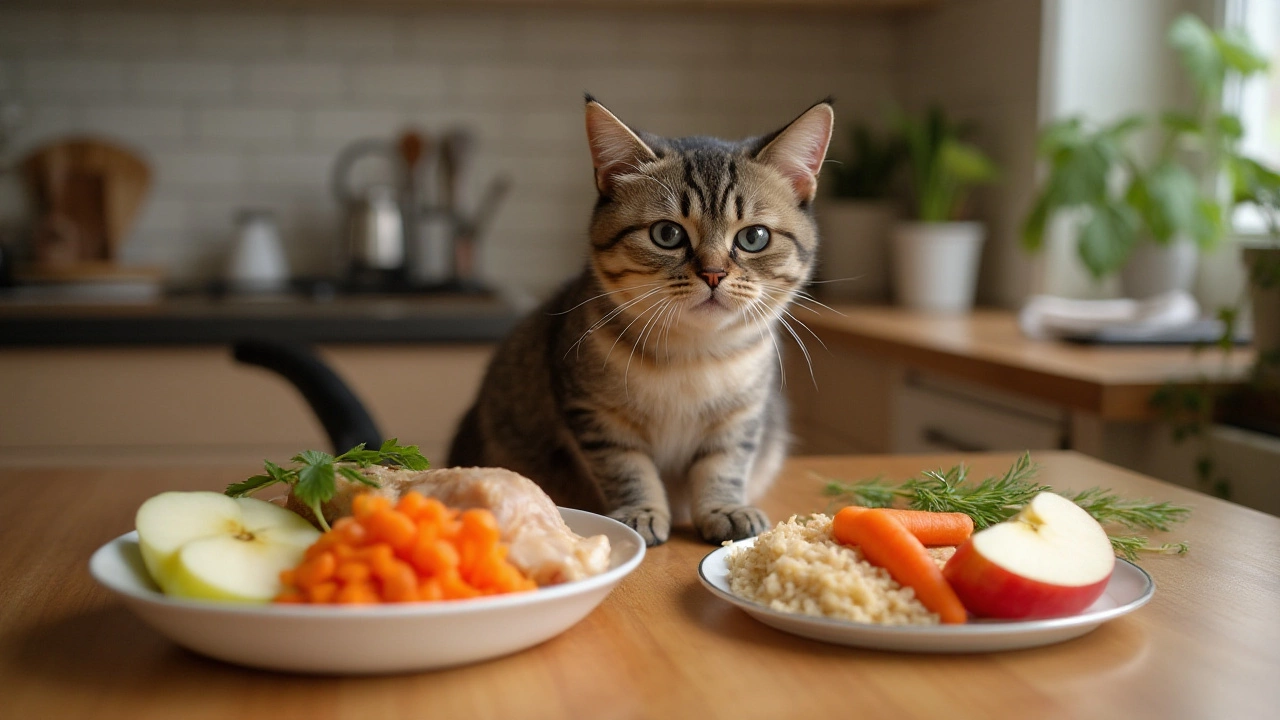Feline Diet: Simple Tips for a Healthier Cat
Feeding a cat might seem easy – just pour some kibble and call it a day. But a good diet does more than fill a belly. It keeps your cat active, supports a shiny coat, and helps avoid costly vet trips. Below are practical steps you can use right now to improve your cat’s meals.
Pick the Right Food
Look for a label that says the food meets the AAFCO standard for cats. That means it’s been tested for essential nutrients. Choose a product that lists a real meat source first – chicken, turkey, or fish – rather than vague terms like "meat meal".
If you have a kitten, pick a formula labeled "growth" or "kitten". Their needs are higher in protein and calories. Adult cats should get a maintenance formula, and seniors (7+ years) often benefit from added joint support.
Wet food isn’t just a tasty treat; it adds moisture, which can help prevent urinary problems. Aim for at least one 3‑oz can per day for most cats, or mix wet and dry for variety.
Portion Sizes and Feeding Schedule
Every cat is different, but a good starting point is the feeding guide on the bag. Adjust based on your cat’s weight, activity level, and how much they gain or lose each week. A simple rule: if your cat looks hungry after a meal, add a little more, but avoid free‑feeding (leaving food out all day) unless your vet says it’s okay.
Most cats prefer several small meals. Split the daily amount into two or three feedings. Use a kitchen timer or a pet feeding app to stay consistent.
Watch for signs that the portion is off. Weight gain, a belly that’s hard to feel, or a dull coat all point to over‑feeding. Too little food can lead to lethargy and a dull coat too. Balance is key.
Now, a few common mistakes and how to fix them:
- Too many treats: Treats should be less than 10% of daily calories. Use small, low‑calorie options like freeze‑dried chicken.
- Human food: A bite of cooked chicken is fine, but avoid onions, garlic, chocolate, and grapes – they’re toxic.
- Changing food too fast: Gradually mix the new food with the old over 7‑10 days to avoid stomach upset.
Hydration matters too. Keep fresh water in a clean bowl, and consider a pet water fountain. Cats often prefer running water.
If you ever wonder whether a supplement is needed, talk to your vet first. Most complete cat foods already contain the right vitamins and minerals.
Finally, keep an eye on your cat’s health. A healthy cat will have bright eyes, a clean coat, and a steady weight. Any sudden changes in appetite or weight should prompt a vet call.
With these simple steps – picking quality food, measuring portions, feeding on a schedule, and avoiding common pitfalls – you’ll give your cat a diet that supports a long, happy life.
- Morgan Ainsworth
- 0 Comments
Understanding Cat Eating Habits: When is Enough?
Understanding whether cats will stop eating when they are full is crucial for feline health. Cats have unique dietary behaviors that differ from humans, often guided by instinct and environmental factors. This article delves into the feeding habits of cats, exploring how their eating instincts work, potential health implications if they don't stop eating, and tips for pet owners to ensure their cat maintains a healthy diet. Additionally, it highlights signs that may indicate your cat needs a dietary adjustment.
View More- Morgan Ainsworth
- 0 Comments
Healthy Alternatives to Conventional Cat Food
Cats, with their unique dietary needs, require a sensitive approach when considering alternatives to traditional cat food. This article dives into exploring safe and nutritious human foods that can complement or replace regular cat food without compromising your feline's health. By emphasizing fresh proteins, grains, vegetables, and fruits, we offer guidance on establishing a balanced home menu for your pet. With useful tips and insights, discover how to enrich your cat's diet while ensuring its overall well-being.
View More

